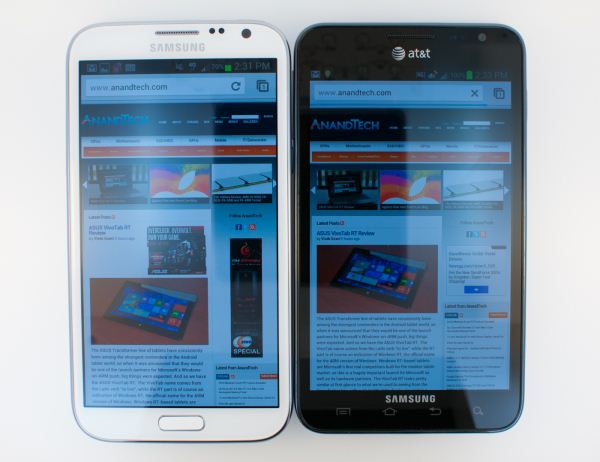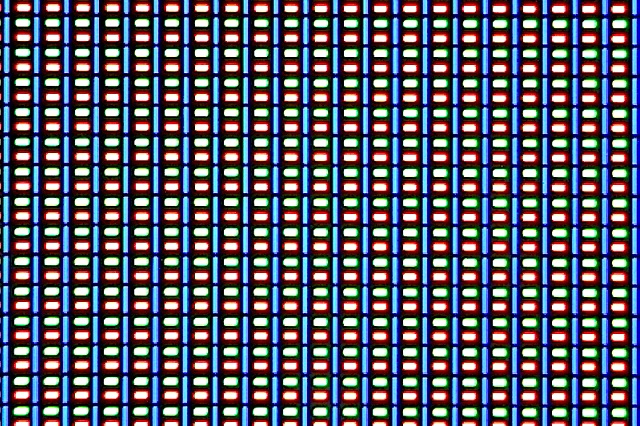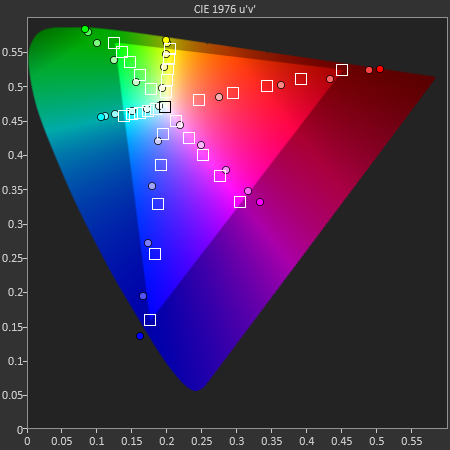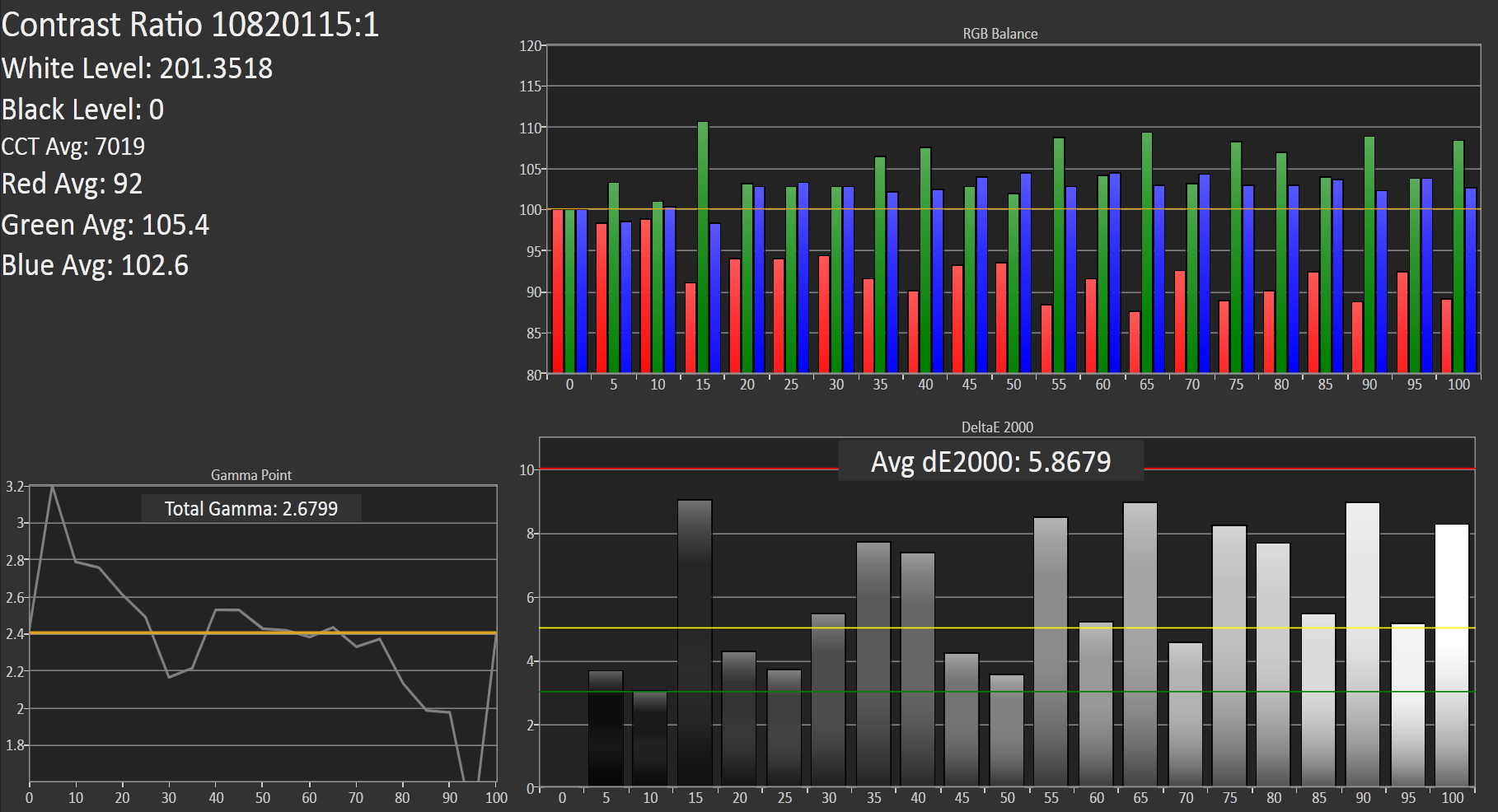Samsung Galaxy Note 2 Review (T-Mobile) - The Phablet Returns
by Brian Klug on October 24, 2012 9:00 AM ESTSo up until now I’ve felt like the Galaxy Note 2 is really just a larger Galaxy S 3 with an active digitizer. But the 1280x720 HD SAMOLED display at 5.5 inches diagonal is where the Note 2 begins to strongly diverge from that trend. First off, it’s bigger than the Note’s HD SAMOLED which was 5.3" and 1280x800.

Galaxy Note 2 (left), Galaxy Note (right)
When I heard that Samsung was going to be doing a Note 2, I originally suspected that they would use the original Note’s display in conjunction with the hardware platform I outlined earlier. Instead, Samsung has gone with an entirely new revision of HD SAMOLED yet again for the Note 2, one that represents an interesting middle ground between a traditional RGB stripe like you’d see on an LCD and the RG BG Nouvoyance PenTile tech that we’ve seen countless times and iterated through a few different geometries to date.
With Galaxy Note 2, Samsung has gone with an entirely new subpixel rendering matrix, which I’ve heard was going to be called S Stripe. Instead of the previous PenTile tech which used two subpixels per logical pixel (either RG or BG), this new subpixel geometry uses 3 subpixels per pixel (RGB) but with a green subpixel above the red subpixel and a long vertical blue subpixel.

The reason for this change in geometry has always been an interesting one. The blue material has a lower luminous efficiency than the other colors, and thus requires either a larger area or higher drive power to match the equivalent green and red luminance. This is why you hear people saying the blue subpixel ages faster — sure, at the same size it ends up burning out faster due to this lower efficacy.
The mitigation is thus to craft a matrix that allows for a nonuniform geometry, and this one brilliantly does it without the tradeoff in longevity or loss of spatial resolution from going to two subpixels per pixel. The tradeoff that does get made is that subpixel smoothing only really gets two pixels to turn off - the blue, or the red and green unit. In the past the display driver could handle the RGBG unit cell and do font smoothing, from what I’ve seen the above is how the new one works as well.
I’m not complaining, this is a great tradeoff and makes sense for the resolution and size that Samsung has selected for the Note 2. Going with a PenTile RGBG layout at this size would not be desirable, instead the “S Stripe” layout runs with subpixels small enough that I can’t see them. It’s tempting to look at the 1280x800 of the Note and the 1280x720 of the Note 2 and assume it’s lower resolution, when in fact the Note 2 has more subpixels (2.05 MP vs 2.76 MP) and in spite of the size increase stays around the magical 1 arcminute subtense (1.073 arcminutes on Note 2).

The Note 2’s brightness unfortunately isn’t that high, but like always Samsung makes up for it with huge contrast from the black subpixels being almost entirely dark. I have a feeling this is still being very conservative for the panel for battery life concerns and to minimize both aging effects and burn-in.
Next up is color accuracy and calibration, where Samsung AMOLED has traditionally been very oversaturated — which looks vibrant and draws customers in at stores — but results in inaccurate rendering. We’re using Chris’ new suite here which is in CalMAN 5, I touched on the details in the iPhone 5 review.


Our target is sRGB, as Android doesn’t have a CMS, and the Galaxy Note 2 doesn’t stop the trend of SAMOLED having a gamut much larger than sRGB. At the same time however things could be much worse. I also measured the Galaxy Note 2 display at maximum brightness with Francois who said much the same thing - it isn’t alltogether bad among SAMOLED displays.
Color temperature at 200 nits is around 7000K but as the blue subpixel wears it will warm up and get closer and closer to 6500K. Overall the Galaxy Note 2 display makes some tradeoffs but ends up being quite appealing. There’s still something to be said for how contrasty AMOLED is even if it still is oversaturated compared to sRGB.
| CalMAN Display Comparison | ||||||||
| Metric | iPhone 5 | iPhone 4S | HTC One X | Samsung Galaxy S 3 | Samsung Galaxy Note 2 | |||
| Grayscale 200nits Avg dE2000 | 3.564 | 6.162 | 6.609 | 4.578 | 5.867 | |||
| CCT Avg (K) | 6925 | 7171 | 5944 | 6809 | 7109 | |||
| Saturation Sweep Avg dE2000 | 3.591 | 8.787 | 5.066 | 5.460 | 7.986 | |||
| GMB ColorChecker Avg dE2000 | 4.747 | 6.328 | 6.963 | 7.322 | 8.185 | |||











131 Comments
View All Comments
Zoomer - Wednesday, October 24, 2012 - link
Google play music actually seems to do burst caching.Peanutsrevenge - Wednesday, October 24, 2012 - link
Agreed.I listen to the cricket on tunein radio when it's on and that's a constant stream I believe and it annihilates my battery, despite the low bitrate.
Would be nice if somewhere along the line radios could go into a low power mode where it's only running close to the minimum required speed with the power taking a relative drop.
tommo123 - Wednesday, October 24, 2012 - link
and haven't got the thing below 30% in battery life yet, even after using bluetooth audio for a few hours and tracking my location with endomondo, watching movies via 3G (didn't go for the LTE ver here - no point) and so on.got my USB OTG adapter today and am seeing how long i can play movies off of it for. max brightness and playing off an SD card connected externally.
the screen on this thing is amazing and now my SGS2 is tiny, like a kids toy.
tommo123 - Wednesday, October 24, 2012 - link
well video playback laster 8 hours 19 mins with screen on max brightness, with wifi on and powering a usb OTG cable, a sd card/usb adapter and the SD card itself. now on 5%not too shabby.
in airplane mode etc and an internal mSD card i think it could hit the 10 hours mark - especially with brightness lowered a tad
Spunjji - Wednesday, October 24, 2012 - link
Pretty much fits my experience! Fairly sure there are even gains to be had from rooting, tweaking etc.tommo123 - Wednesday, October 24, 2012 - link
oh i rooted mine on the 2nd day and flashed a rom on the 3rd :)PeteH - Thursday, October 25, 2012 - link
So maybe not the best example of a "typical" user's experience ;)tommo123 - Friday, October 26, 2012 - link
nope :)i did my own test yest though
i let 720p vids play non stop yest on this in airplane mode, max brightness (like i was on a plane) and was impressed! played for 11 hours 38 mins before it hit 5%. so say 12 hours video playback.
nice.no need for a laptop to play vids on a flight anymore. just this and a spare battery for when i get off the plane :)
plus 1 for removable batteries! :D
Peanutsrevenge - Wednesday, October 24, 2012 - link
No point in LTE?You may regret that soon, 4G's rolling out as we speak.
Was in T-mo store the other day helping mate choose a phone (got S3 i9305, could convince him to get note II) and sales advisor reckons 6 months for Bournemouth.
Spunjji - Thursday, October 25, 2012 - link
This one does vary a lot by where you live. Their definition of "coverage" might be interesting too, given how their standard network holds up.